Looking for safety without the sky-high price?
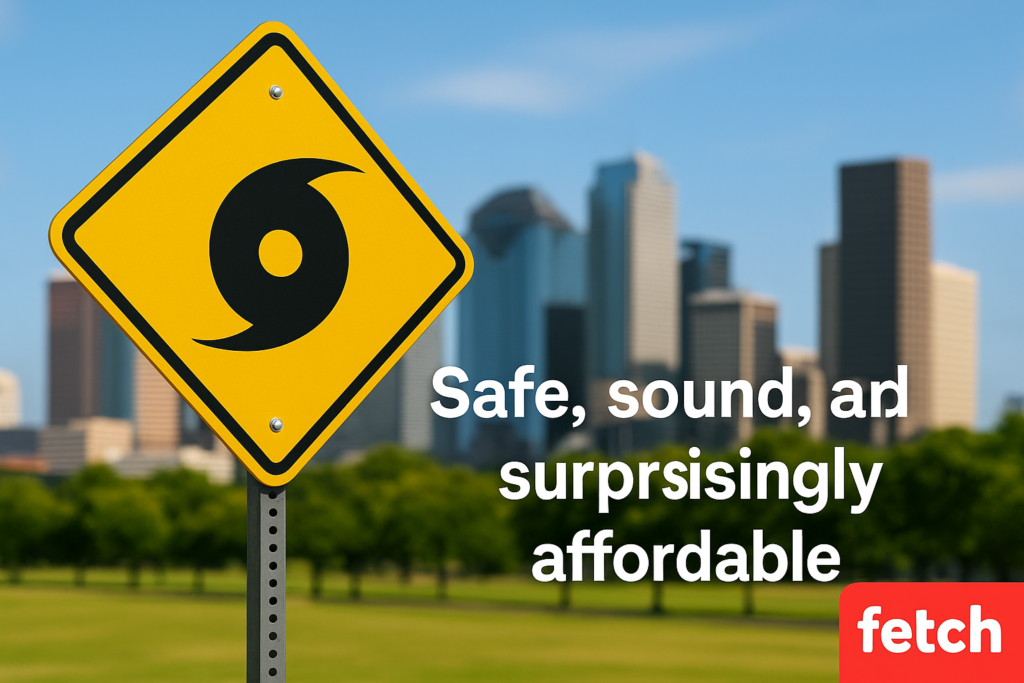
In a world where extreme weather events are becoming more frequent, finding a safe haven is top of mind for many. If you’re seeking a city with minimal natural disaster risk and a reasonable cost of living, you’re not alone. We’ve compiled a list of 20 U.S. cities that offer both safety and affordability. Some of these might surprise you, so let’s explore where you can find peace of mind without breaking the bank.
1. Lima, Ohio

Lima stands out with its very high community resilience and a typical home cost of $121,700, which is 64% less than the national average. The cost-of-living score is 76.4, indicating it’s 23.6% lower than the national average. With a metro population of 102,351, Lima offers a safe and affordable environment for residents. Source: Nasdaq
2. Weston, Wisconsin

Weston boasts a relatively high community resilience and a typical home cost of $227,200, 32.8% less than the national average. The cost-of-living score is 84.7, making it 15.3% lower than the national average. With a metro population of 135,692, Weston provides a balanced mix of safety and affordability. Source: Area Vibes
3. Duluth, Minnesota

Duluth offers a relatively high community resilience and a typical home cost of $243,200, 28.1% less than the national average. The cost-of-living score is 84.7, indicating it’s 15.3% lower than the national average. With a metro population of 278,091, Duluth is a safe and affordable place to live. Source: Nasdaq
4. Appleton, Wisconsin
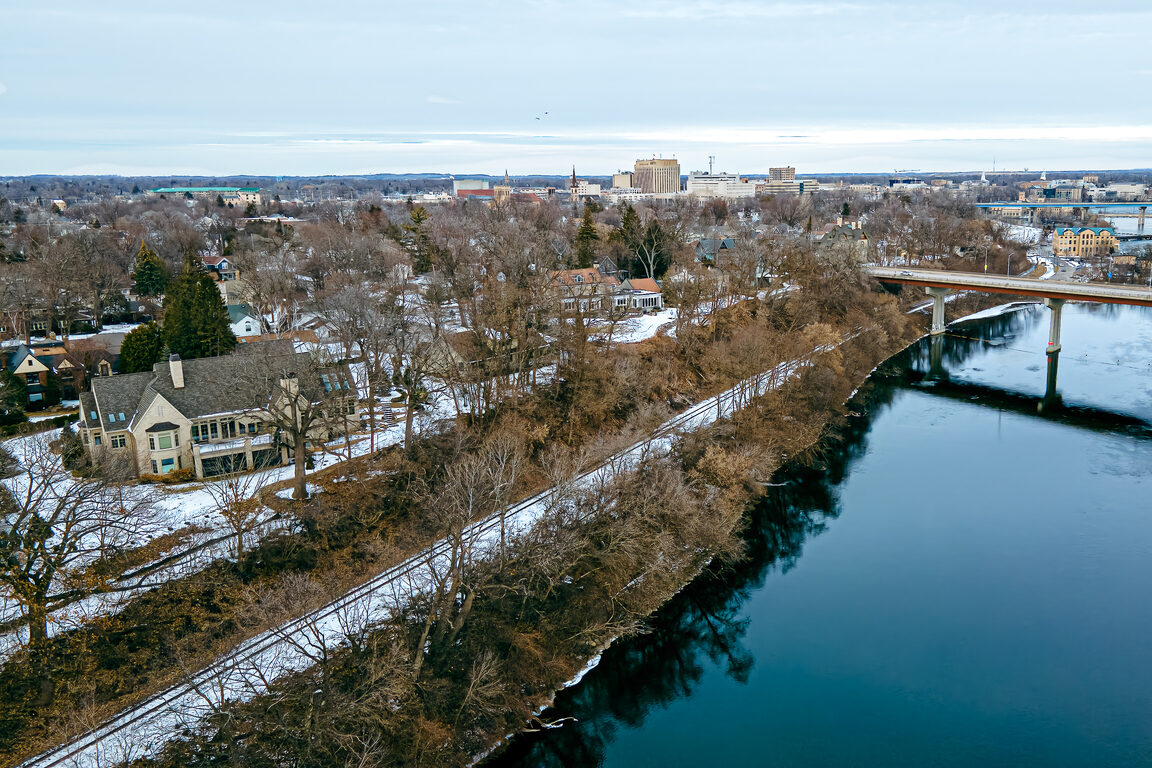
Appleton has a very high community resilience and a typical home cost of $222,800, 34.1% less than the national average. The cost-of-living score is 88.1, making it 11.9% lower than the national average. With a metro population of 237,974, Appleton combines safety with affordability. Source: Zillow
5. Eau Claire, Wisconsin

Eau Claire boasts a very high community resilience and a typical home cost of $272,600, 19.4% less than the national average. The cost-of-living score is 90.6, indicating it’s 9.4% lower than the national average. With a metro population of 169,304, Eau Claire offers a safe and affordable living environment.
6. State College, Pennsylvania
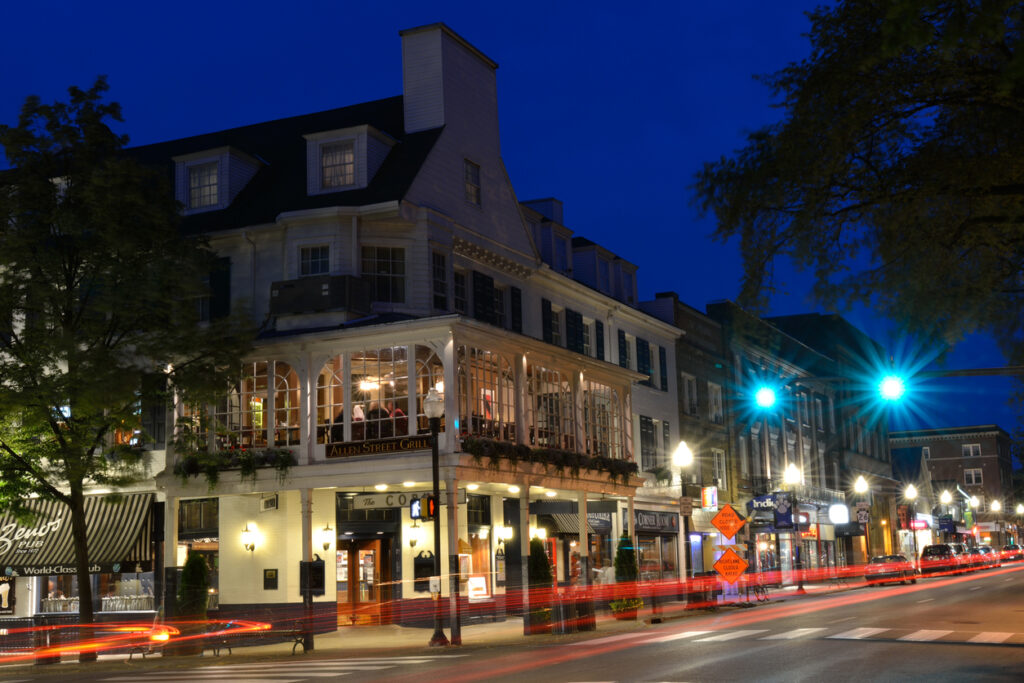
State College has a relatively high community resilience and a typical home cost of $355,500, which is 5.1% more expensive than the national average. The cost-of-living score is 95.4, making it 4.6% lower than the national average. With a metro population of 162,385, State College offers safety with a slightly higher cost.
7. Glens Falls, New York
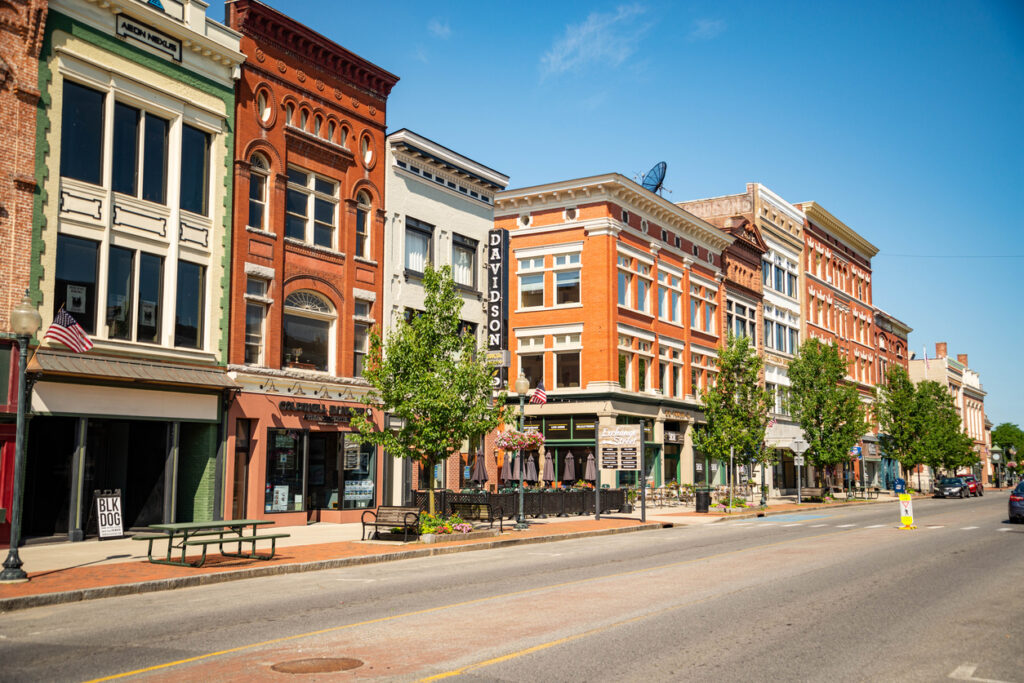
Glens Falls boasts a very high community resilience and a typical home cost of $200,200, 40.8% less than the national average. The cost-of-living score is 98.4, indicating it’s 1.6% lower than the national average. With a metro population of 125,148, Glens Falls combines safety with affordability.
8. Altoona, Pennsylvania
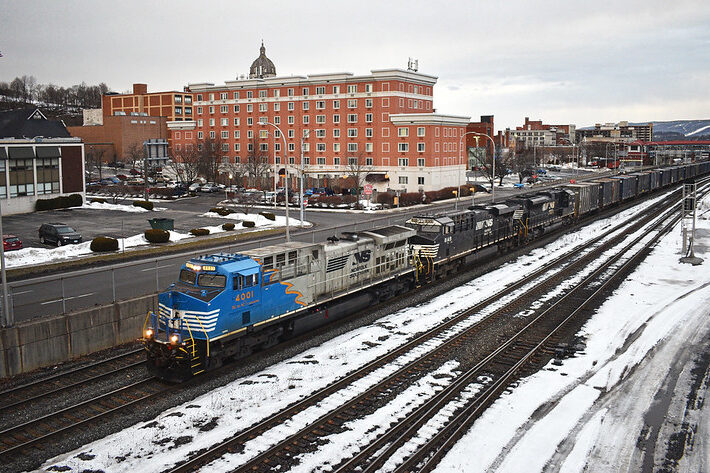
Altoona offers a very high community resilience and a typical home cost of $119,400, 64.7% less than the national average. The cost-of-living score is 77.2, making it 22.8% lower than the national average. With a metro population of 121,829, Altoona is a safe and affordable place to live.
9. Burlington, Vermont
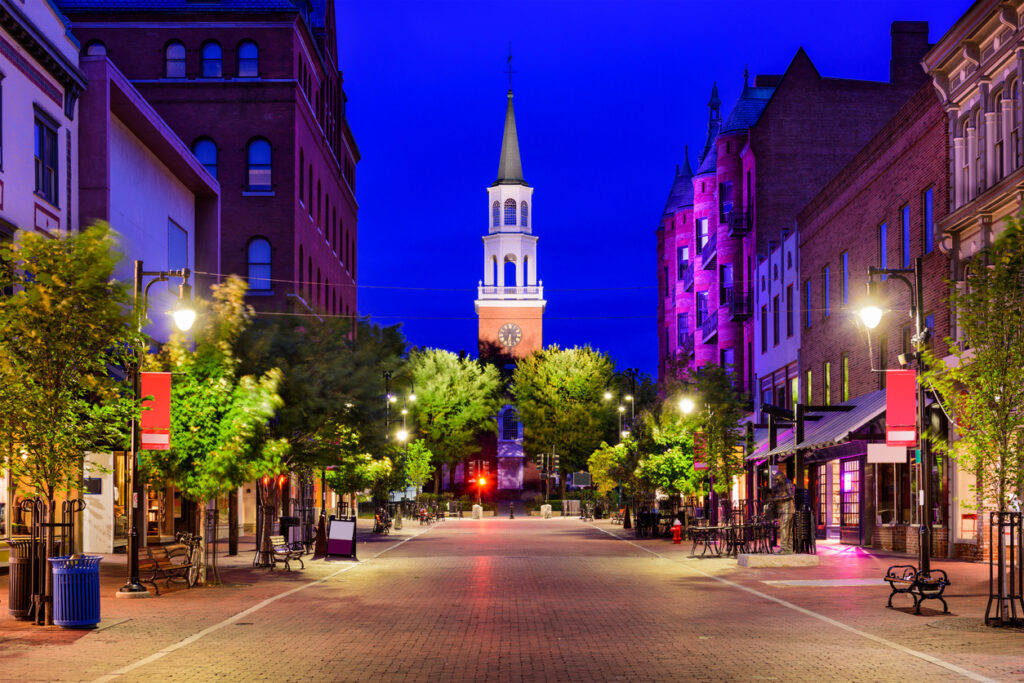
Burlington has a very high community resilience and a typical home cost of $478,900, which is 41.6% more expensive than the national average. The cost-of-living score is 112.4, indicating it’s 12.4% higher than the national average. With a metro population of 220,411, Burlington offers safety with a higher cost of living.
10. Morgantown, West Virginia
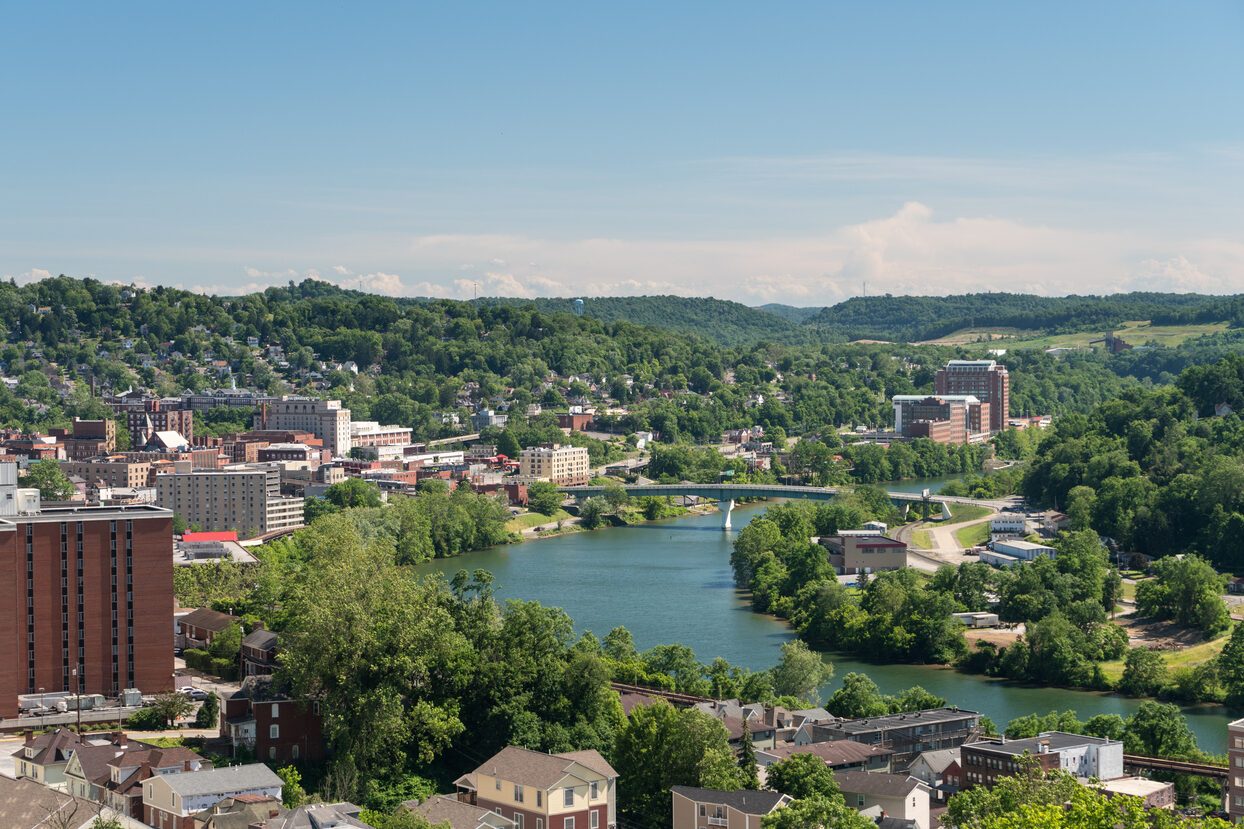
Morgantown boasts a very high community resilience and a typical home cost of $257,900, 23.7% less than the national average. The cost-of-living score is 89.8, making it 10.2% lower than the national average. With a metro population of 139,044, Morgantown combines safety with affordability.
11. Blacksburg, Virginia
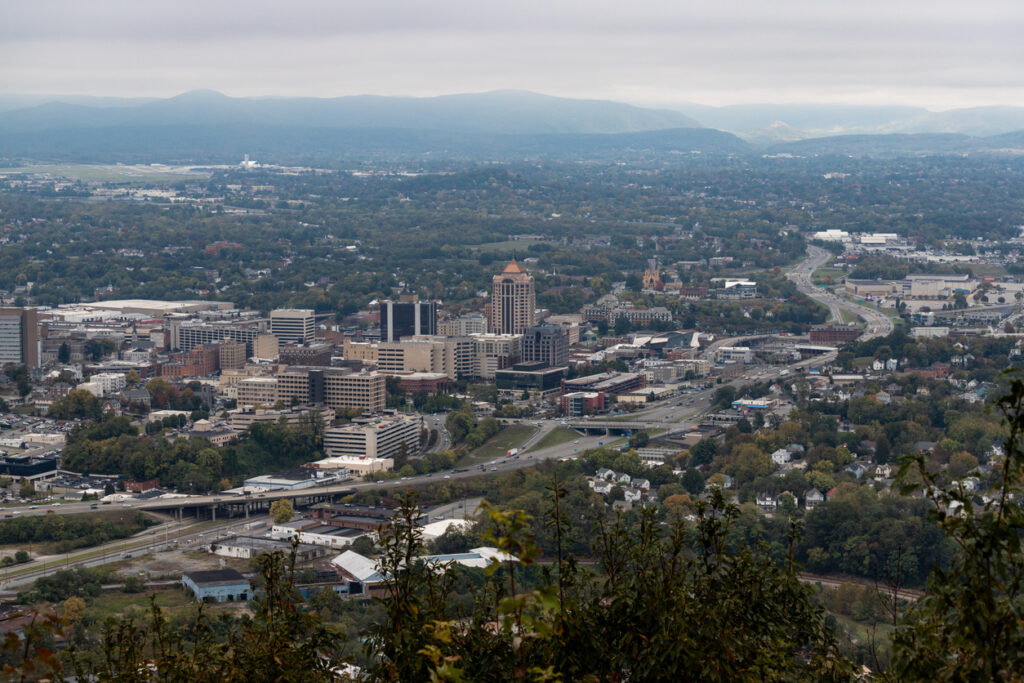
Blacksburg has a relatively moderate community resilience and a typical home cost of $362,100, which is 7.1% more expensive than the national average. The cost-of-living score is 89.6, indicating it’s 10.4% lower than the national average. With a metro population of 183,280, Blacksburg offers safety with a slightly higher home cost.
12. Parkersburg, West Virginia

Parkersburg offers a very high community resilience and a typical home cost of $133,400, 60.5% less than the national average. The cost-of-living score is 77.9, making it 22.1% lower than the national average. With a metro population of 89,339, Parkersburg is a safe and affordable place to live.
13. Weirton, West Virginia
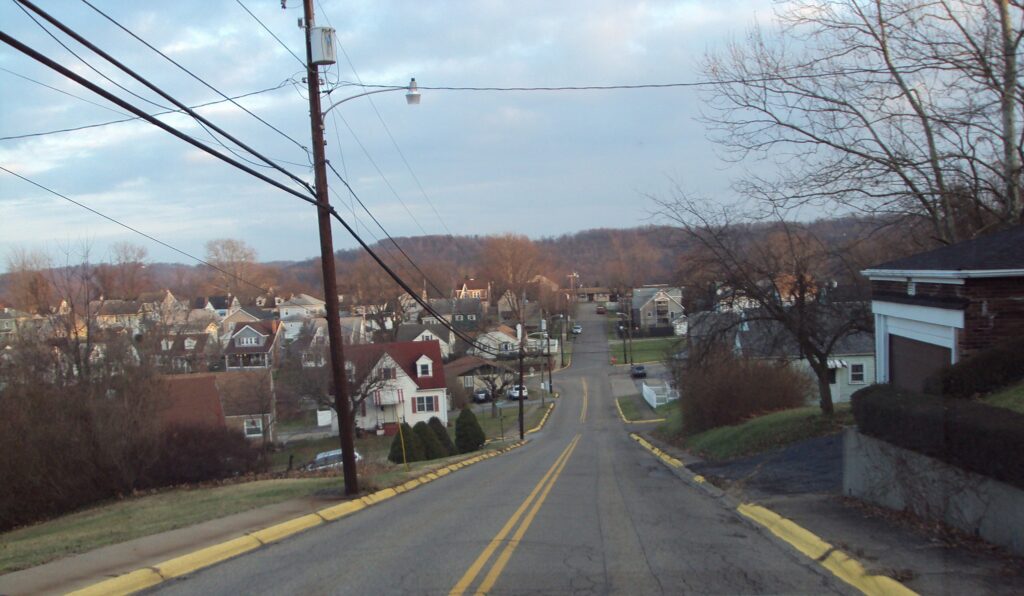
Weirton boasts a relatively moderate community resilience and a typical home cost of $131,200, 61.2% less than the national average. The cost-of-living score is 75.8, indicating it’s 24.2% lower than the national average. With a metro population of 116,074, Weirton combines safety with affordability.
14. Lynchburg, Virginia
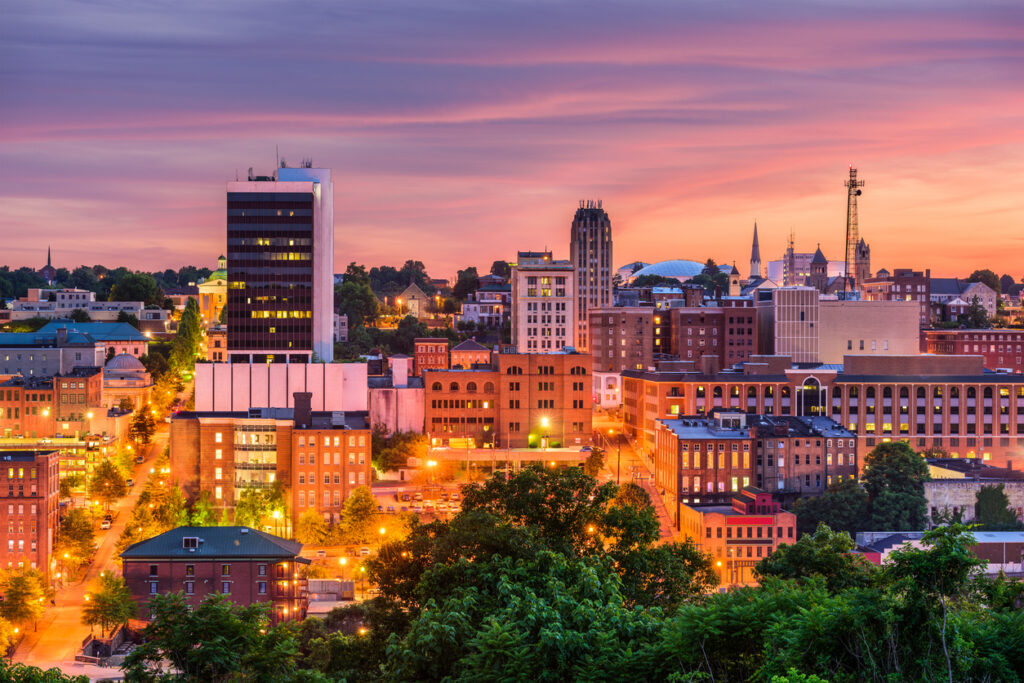
Lynchburg has a relatively high community resilience and a typical home cost of $221,800, 34.4% less than the national average. The cost-of-living score is 80.9, making it 19.1% lower than the national average. With a metro population of 236,566, Lynchburg offers a safe and affordable environment.
15. Anchorage, Alaska
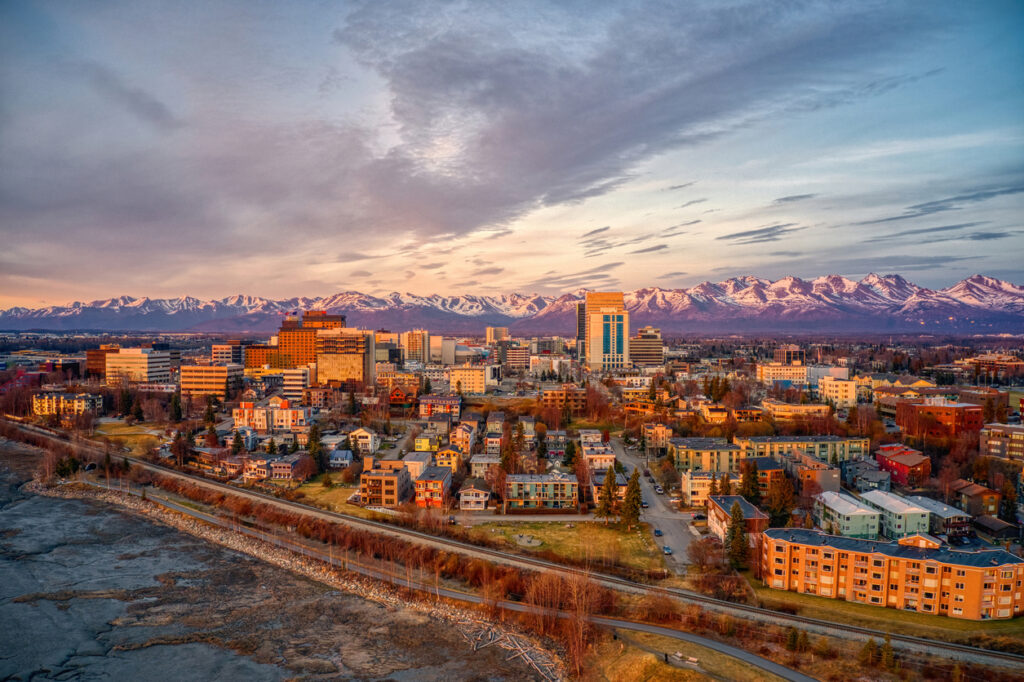
Anchorage offers a relatively moderate community resilience and a typical home cost of $344,400, which is 1.9% more expensive than the national average. The cost-of-living score is 115.5, indicating it’s 15.5% higher than the national average. With a metro population of 396,317, Anchorage provides safety with a higher cost of living.
16. Longview, Washington

Longview boasts a relatively high community resilience and a typical home cost of $337,500, 0.2% less than the national average. The cost-of-living score is 102.5, making it 2.5% higher than the national average. With a metro population of 110,593, Longview combines safety with a moderate cost of living.
17. Mount Vernon, Washington
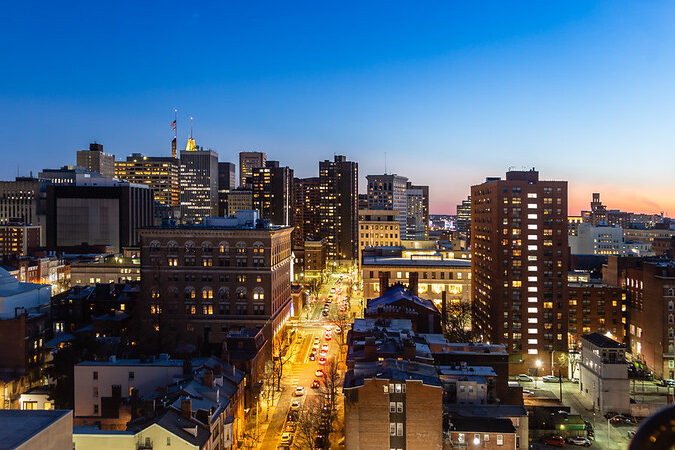
Mount Vernon has a relatively high community resilience and a typical home cost of $517,600, which is 53.1% more expensive than the national average. The cost-of-living score is 117.7, indicating it’s 17.7% higher than the national average. With a metro population of 129,205, Mount Vernon offers safety with a higher cost of living.
18. Bremerton, Washington
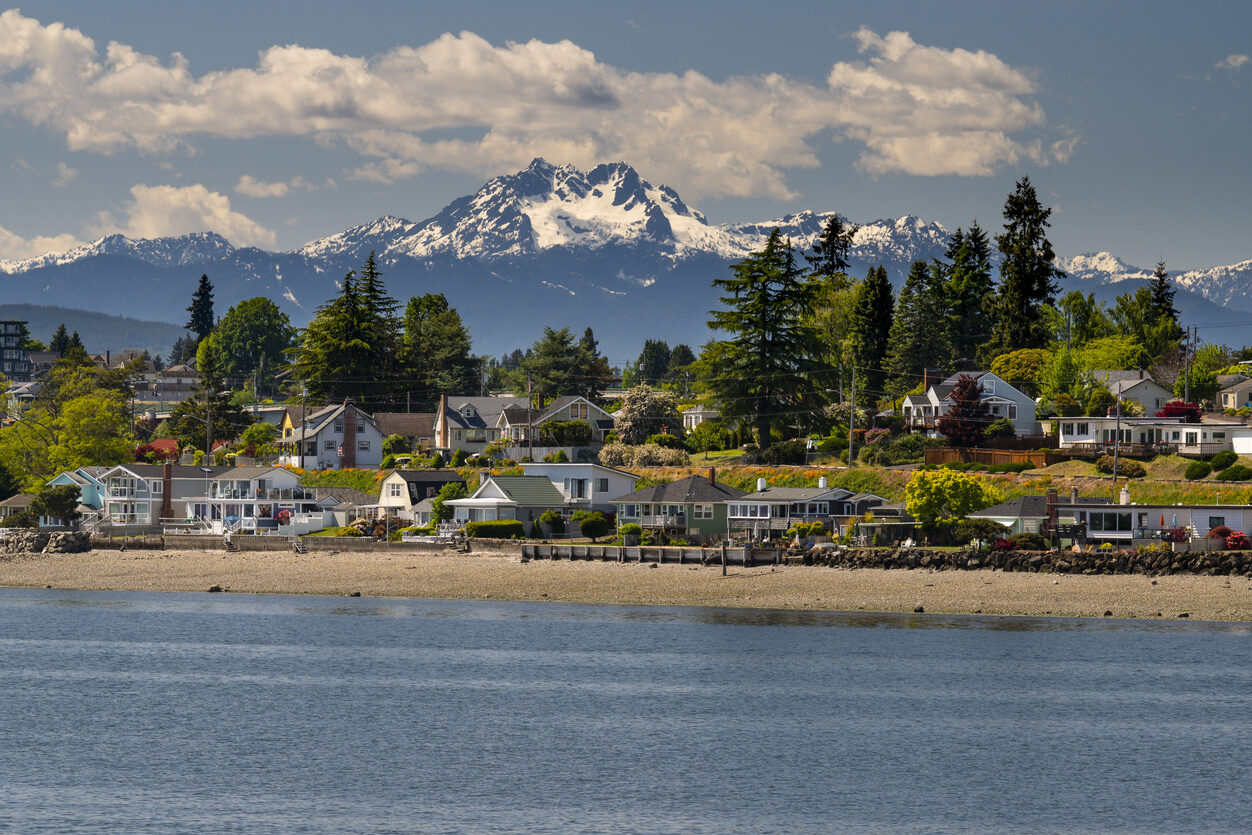
Bremerton offers a relatively high community resilience and a typical home cost of $457,600, 35.3% more expensive than the national average. The cost-of-living score is 121, making it 21% higher than the national average. With a metro population of 271,473, Bremerton provides safety with a higher cost of living.
19. Portland, Oregon

Portland and its surrounding areas, including Hillsboro and Vancouver, are known for their low risk of natural disasters. The region’s primary concern is inland flooding, with the last significant event being the Willamette Valley flood of 1996. Median home prices are approximately $505,000 in Portland and $520,000 in Hillsboro.
20. San Diego, California
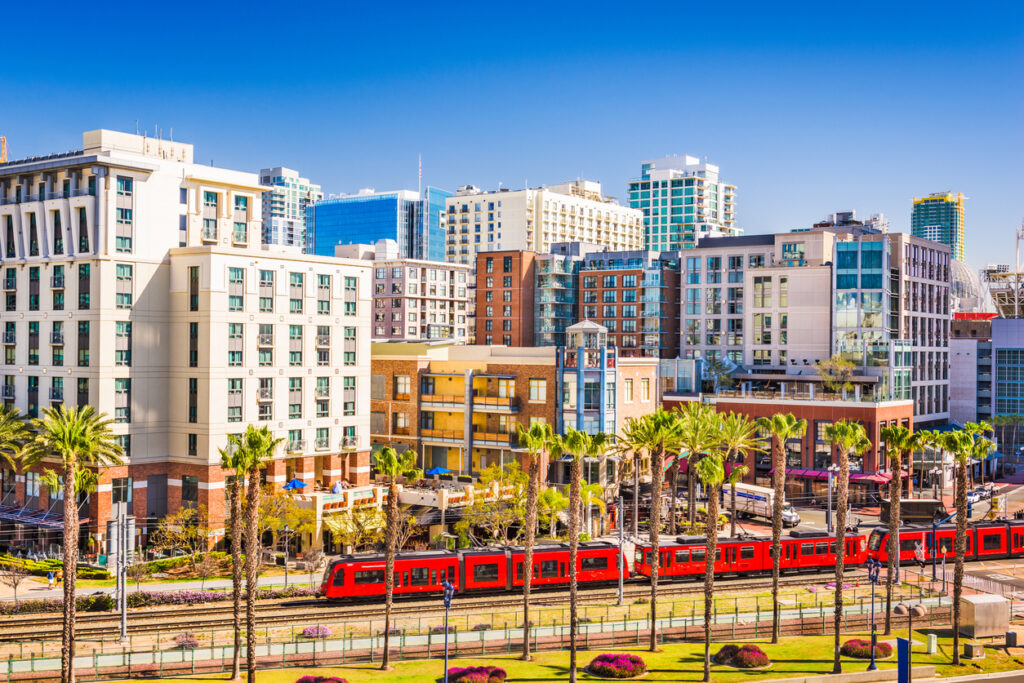
San Diego and its neighboring cities, such as Chula Vista and Carlsbad, have ZIP codes recognized for low natural disaster risks. The area enjoys a mild climate year-round, with the last major weather disaster being the Harris Fire in 2007. Median home prices vary, with Carlsbad at approximately $1,524,500 and San Diego at around $931,000.
Considering a move to a safer and more affordable city? Explore these options and share your thoughts or experiences in the comments below. If you’ve lived in any of these cities, we’d love to hear about your firsthand experiences!


